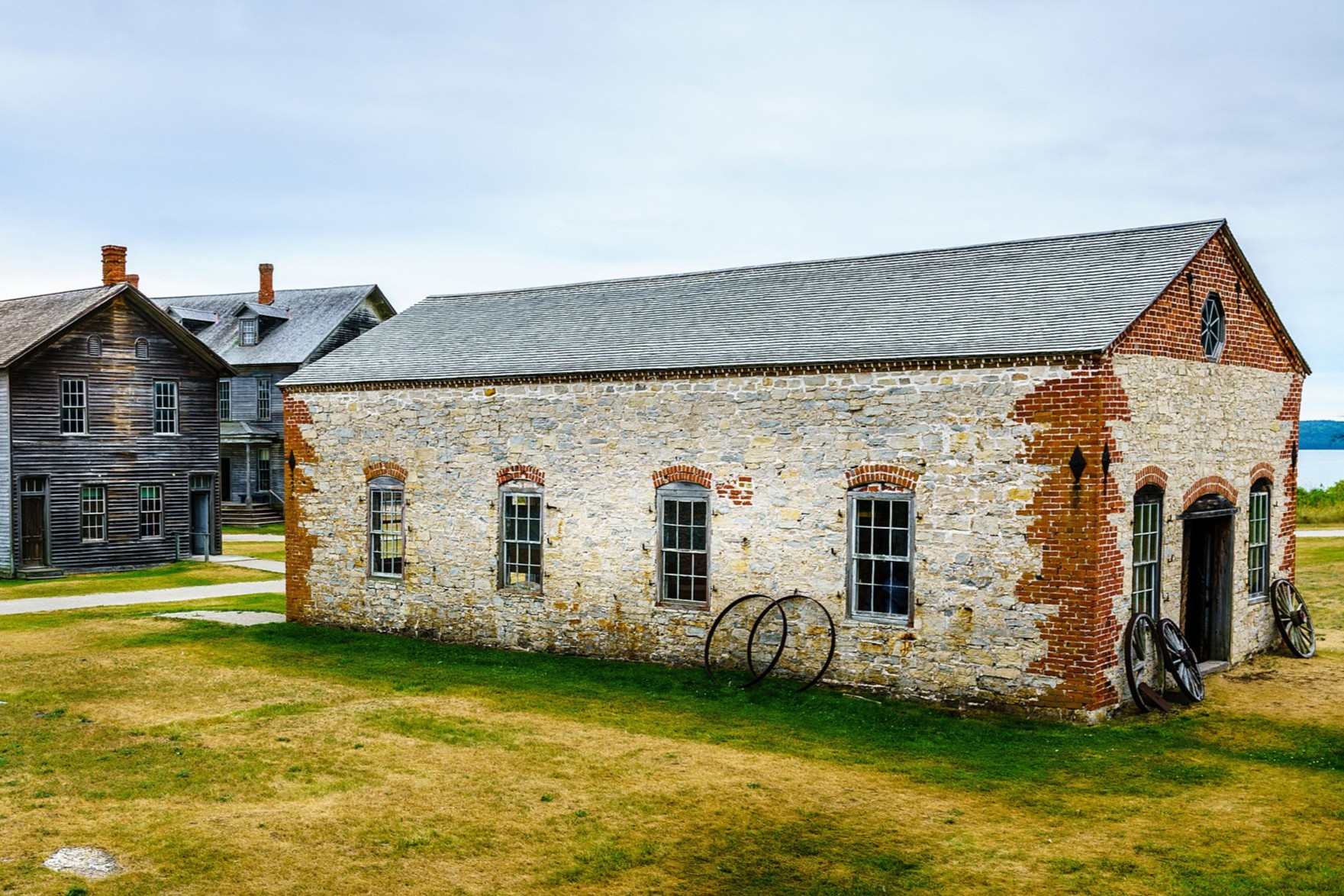Secrets Of Michigan’s Upper Peninsula Timber Camps

Have you ever wondered what life was like in Michigan's Upper Peninsula timber camps? These camps were bustling hubs of activity during the late 19th and early 20th centuries. Lumberjacks, often called "shanty boys," worked tirelessly to harvest the vast forests. They faced harsh winters, long hours, and dangerous conditions. Despite the challenges, a strong sense of camaraderie and community developed among the workers. Meals were hearty, stories were shared around the campfire, and music filled the air. Today, remnants of these camps offer a glimpse into a rugged yet fascinating chapter of American history. Let's dive into the secrets of these timber camps and uncover what made them so unique.
Discovering Michigan's Upper Peninsula Timber Camps
Michigan's Upper Peninsula is a treasure trove of natural beauty and history. One of the most fascinating aspects of this region is its rich timber camp heritage. These camps played a crucial role in shaping the area's culture and economy. Let's explore some of the most intriguing timber camps in the Upper Peninsula.
1. Seney National Wildlife Refuge
Seney National Wildlife Refuge offers a glimpse into the past with its preserved timber camp sites. This refuge, established in 1935, spans over 95,000 acres of diverse habitats. Visitors can explore the remnants of old logging camps while enjoying the area's abundant wildlife.
2. Hartwick Pines State Park
Hartwick Pines State Park is home to one of the last remaining stands of old-growth white pine in the Lower Peninsula. The park's Logging Museum provides a detailed look at the life of lumberjacks and the history of the timber industry. Walking through the towering pines, you can almost hear the echoes of the past.
3. Fayette Historic State Park
Fayette Historic State Park offers a unique blend of natural beauty and historical significance. This former industrial community was once a bustling iron smelting town. The park's well-preserved buildings and exhibits tell the story of the workers who lived and labored here, including those in the timber industry.
4. Porcupine Mountains Wilderness State Park
Porcupine Mountains Wilderness State Park, often called "The Porkies," is a haven for outdoor enthusiasts. The park's rugged terrain and dense forests were once the site of numerous logging camps. Today, visitors can hike the trails and discover the remnants of these camps while enjoying breathtaking views of Lake Superior.
5. Tahquamenon Falls State Park
Tahquamenon Falls State Park is famous for its stunning waterfalls, but it also has a rich logging history. The park's Logging Museum showcases the tools and techniques used by early lumberjacks. Exploring the park's trails, you can find old logging roads and camp sites that tell the story of the area's timber past.
6. Pictured Rocks National Lakeshore
Pictured Rocks National Lakeshore is renowned for its colorful sandstone cliffs and pristine beaches. The area also has a history of logging, with several old timber camps scattered throughout the park. Visitors can hike the trails and discover these hidden gems while taking in the breathtaking scenery.
7. Hiawatha National Forest
Hiawatha National Forest covers nearly 900,000 acres of diverse landscapes, including dense forests, lakes, and rivers. The forest's history is deeply intertwined with the timber industry, and visitors can explore old logging camps and trails that were once used by lumberjacks. The forest offers a unique blend of natural beauty and historical intrigue.
8. Copper Harbor
Copper Harbor, located at the northern tip of the Keweenaw Peninsula, is known for its rugged beauty and rich history. The area was once a hub for the timber industry, with numerous logging camps dotting the landscape. Today, visitors can explore the remnants of these camps while enjoying the area's outdoor activities, such as hiking, biking, and kayaking.
9. Escanaba River State Forest
Escanaba River State Forest spans over 43,000 acres of diverse habitats, including dense forests and winding rivers. The forest's history is closely tied to the timber industry, with several old logging camps still visible today. Visitors can hike the trails and discover these historical sites while enjoying the area's natural beauty.
10. Ottawa National Forest
Ottawa National Forest covers nearly one million acres of pristine wilderness in the western Upper Peninsula. The forest's history is rich with tales of lumberjacks and timber camps. Visitors can explore the old logging roads and camp sites while enjoying the forest's abundant wildlife and scenic beauty.
Michigan's Upper Peninsula Timber Camps: A Hidden Gem
Michigan's Upper Peninsula timber camps offer a unique glimpse into the past. These camps provide a chance to explore the rich history of the logging industry. Visiting these sites, you can see the tools and techniques used by early loggers. The camps also showcase the rugged lifestyle of those who worked there.
The natural beauty surrounding the camps adds to the experience. Dense forests, clear lakes, and wildlife make it a perfect destination for nature lovers. Whether you're a history buff or an outdoor enthusiast, these camps have something for everyone.
Plan a trip to Michigan's Upper Peninsula to discover these hidden gems. You'll leave with a deeper appreciation for the region's history and natural beauty. Don't miss out on this unique adventure.

